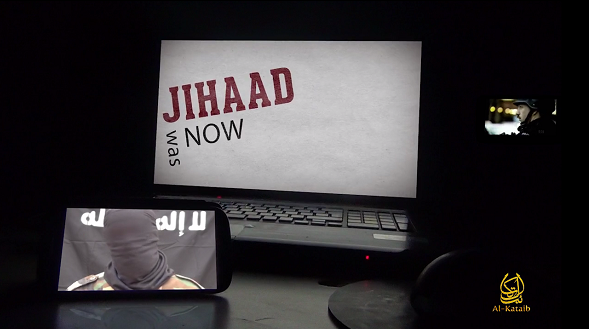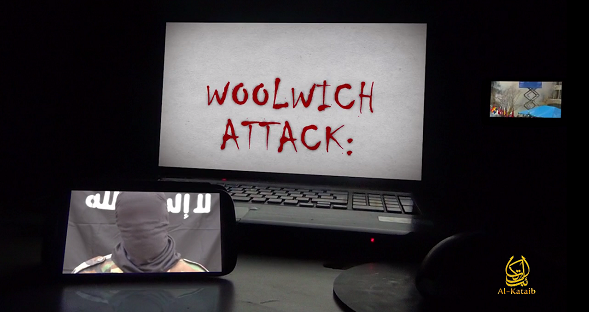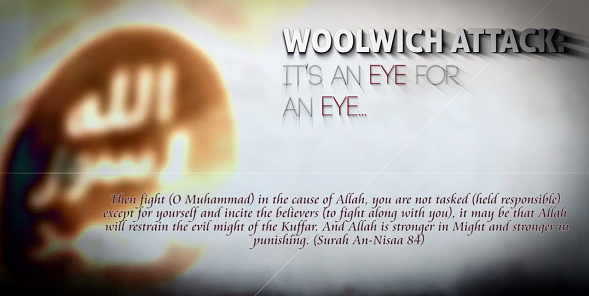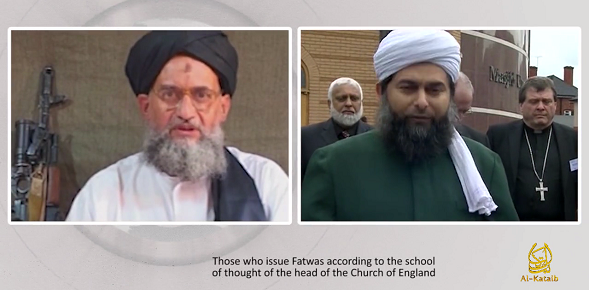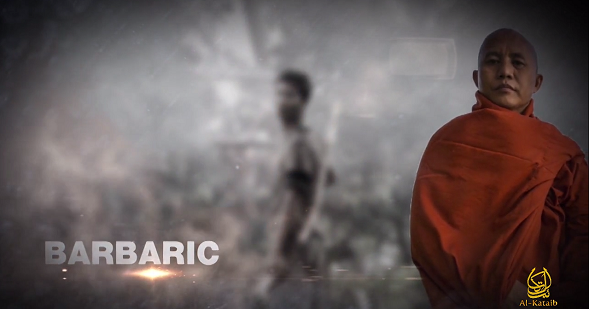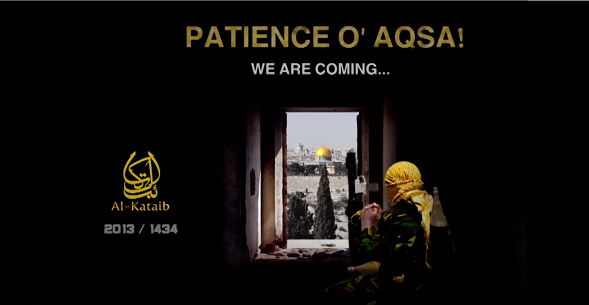[ by Charles Cameron — oh, the sheer delightful drudgery of finding patterns everywhere ]
.
I’ll start this post, as I did the previous one to which this is a sort of appendix, with a (deeply strange, tell me about it) example of the…
Matrioshka pattern:

That’s a piece of jewelry made out of disembodied pieces of Barbies from the extraordinary designer’s mind of Margaux Lange, FWIW.
**
This post is the hard core follow up to my earlier piece today, Serpent logics: a ramble, and offers you the chance to laugh and groan your way through all the other “patterns” I’ve been collecting over the last few months. My hope is that repeated (over)exposure to these patterns will make the same patterns leap out at you when you encounter them in “real life”.
Most of the examples you run across may prove humorous — but if you’re monitoring news feeds for serious matters, my hunch is that you’ll find some of them helpful in grasping “big pictures” or gestalts, noting analomalies and seeing parallels you might otherwise have missed.
Have at it!
**
Here’s another Matrioshka, from the structural end of lit crit that my friend Wm. Benzon attacks with gusto over at New Savannah:
**
Enantiodromia:
You’ll recall this is the pattern where something turns into its opposite… as described in this quote from the movie Prozac Nation:
I dream about all the things I wish I’d said.
The opposite of what came out of my mouth.
I wish I’d said
“Please forgive me. Please help me.
I know I have no right to behave this way?”
Here are a few examples…
Ahmed Akkari Repents Violent Opposition to Danish Cartoons Lampooning Islam:
After a Danish newspaper published cartoons satirizing the Muslim Prophet Muhammad, Ahmed Akkari spearheaded protests that ultimately cost the lives of 200 people. Now he says he’s sorry. Michael Moynihan on what changed Akkari’s mind.
That’s impressive!
That one’s run of the media mill…
And this one’s from my delightful, delicious boss, Danielle LaPorte:
**
A friend sent me this:
**
Let’s just plough ahead…
Nominalism:
Nominalism is the category where the distinction between a word and what it represents gets blurry — a very significant distinction in some cases —
How’s this for naming your donkey after your President?
Consider this one, another instance of nominalism in action, from the French justice system:
A mother who sent her three-year-old son Jihad to school wearing a sweater with the words “I am a bomb” on the front, along with his name and ‘Born on September 11th’ on the back, was handed a suspended jail sentence on Friday for “glorifying a crime”. A court of appeal in the city of Nimes, southern France, convicted Jihad’s mother Bouchra Bagour and his uncle Zeyad for “glorifying a crime” in relation to the terrorist attacks in the United States on September 11th 2001.
The classic nominalist image — with which I’d compare and contrast the French three-year-old with the unfortunate name and tsee-shirt — is Magritte’s cdelebrated “Ceci n’est pas une pipe”:

And here’s one final nominalist example:
**
The spiral:
Here’s a potential downwards spiral, for those watching India:
**
Straight parallelism:
This one’s from Jonathan Franzen:
And meanwhile the overheating of the atmosphere, meanwhile the calamitous overuse of antibiotics by agribusiness, meanwhile the widespread tinkering with cell nucleii, which may well prove to be as disastrous as tinkering with atomic nucleii. And, yes, the thermonuclear warheads are still in their silos and subs.
**
Simple Opposition:
**
Some of these categories seem pretty fluid — or to put that another way, some of these examples might fit with equal ease into several doifferent categories. Here’s another oppositional class:
Arms crossed:
From Ezra Klein and Evan Solta blogging at WaPo’s Wonkbook: The Republican Party’s problem, in two sentences:
It would be a disaster for the party to shut down the government over Obamacare. But it’s good for every individual Republican politician to support shutting down the government over Obamacare.
A great “values” juxtaposition:
And hey, nice phrasing:
**
Here’s an example of one of the central patterns of violence and justice:
Tit for Tat:
[ the account this tweet came from, which was a media outlet for Shabaab, has since been closed — hence the less than euqal graphical appearance of this particular tweet… ]
**
And here, without too much further ado, is a whole concatenation of…
Serpents biting their tails:
[ … and that last one of Nein‘s appears to have been withdrawn from circulation ]
This one I love for its lesson on biblical pick-and-choose:
This one is also a DoubleQuote:
when closely followed by:
And this one really bites:
**
To close the series out with more of a bang than a whimper, here’s Serpent bites Tail with apocalypse & gameplay for additional spice:




